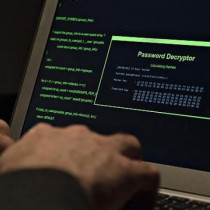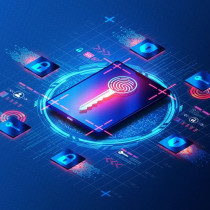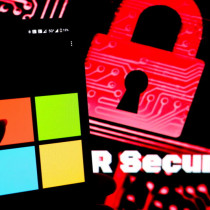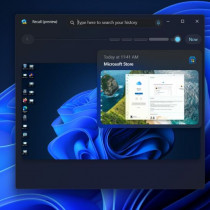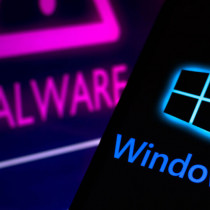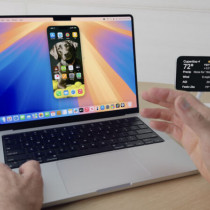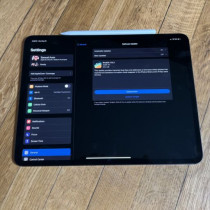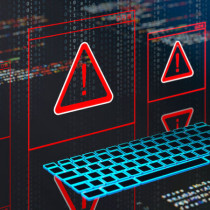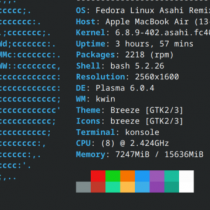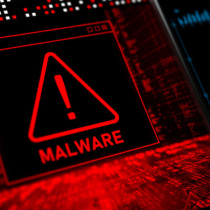Learn the Basics of Handheld Security
Use of Personal Digital Assistants (PDAs) continues to increase as new applications become available for them on almost a daily basis. While the PDA market has not grown as quickly in the last two years as it did in the mid and late '90s, as the U.S. economy recovers, the market will likely get a second wind. If your organization has not taken PDA security into consideration previously, now is the time to do so. While PDA security is often a forgotten piece of the security infrastructure, PDAs have the ability to transmit and receive viruses, and can be exploited in numerous ways. Early market forecasts anticipated that businesses would at some point start purchasing PDAs for all their employees. While this phenomenon has not occurred on a remarkable scale, individual employees continue to purchases these handy devices out of their own pockets, and link to them to the corporate desktop through the backdoor. End-user ownership is not necessarily a bad thing for corporations, as it means that end-users are responsible for the support and upkeep of their own handheld devices. However, connecting these devices to the corporate desktop does create security liabilities that ought to be taken into consideration.
If businesses are going to let their employees use PDAs, and connect them to the corporate desktop, though they may not need to offer HelpDesk support for end-user applications, they should enlist security policies, and hold the employees accountable for compliance. Security policies are rules of the road that describe rules of behavior, and configuration guidelines that end-users and administrators must adhere to. Without security policies, it's hard to hold uses and administrators accountable for security transgressions. In fact if you're not going to provide your users with any security guidance at all for their PDAs, you really don't have any reason to expect they will take security into consideration.

